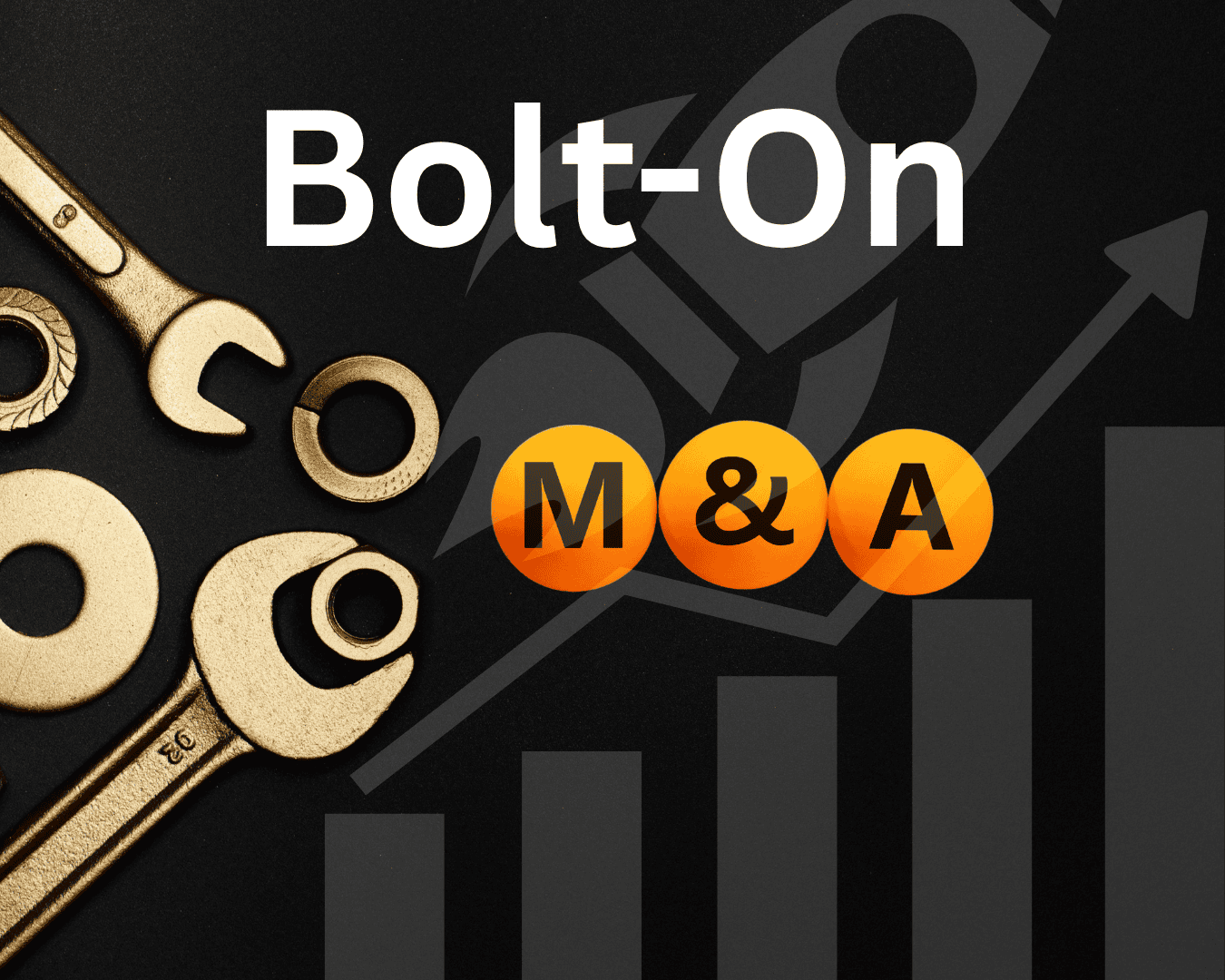A Letter of Intent (LOI) is a crucial document in small and medium business (SMB) acquisitions. It outlines the key terms of a potential deal and acts as the foundation for negotiations before a final purchase agreement. While non-binding, it includes essential details like price, payment structure, due diligence terms, and confidentiality clauses. Here's what you need to know:
- Purpose of an LOI: Sets expectations, creates a negotiation framework, and builds trust between buyer and seller.
- Key Sections: Buyer/seller information, purchase price, payment structure, due diligence terms, and legal clauses.
- Binding vs. Non-Binding: Most terms are non-binding, except for confidentiality and exclusivity clauses.
- Common Mistakes: Avoid vague wording, unclear financial terms, and undefined exclusivity periods.
| Aspect | LOI | Purchase Agreement |
|---|---|---|
| Legal Status | Non-binding (mostly) | Fully binding |
| Purpose | Framework for negotiations | Final transaction terms |
| Detail Level | Brief (6-8 pages) | Comprehensive |
| Timing | Early stage | Final stage |
Use tools like Clearly Acquired to simplify LOI drafting, ensure accuracy, and streamline the acquisition process. A well-crafted LOI can make or break your deal, so focus on clarity, precision, and proper legal review.
M&A Letters of Intent: Are They Really Necessary?
Key Sections of an LOI
An effective LOI includes these key components.
Buyer and Seller Information
Start by identifying all parties involved in the transaction:
- Legal names of both the buyer and seller
- Primary business locations
- Authorized contacts for communication
- Business scope and assets included in the deal
"Buyers and sellers should consult with qualified transaction professionals (accounting/tax advisors, legal counsel, bankers, etc.) before executing an LOI to mitigate the risk of the negotiated terms being improperly vetted or incorrectly understood" [1].
After this, move on to the financial details with a clear Price and Payment Structure.
Price and Payment Structure
| Payment Component | Typical Range | Notes |
|---|---|---|
| Cash at Closing | 50-90% | Main form of payment |
| Seller Note | 10-30% | Deferred payment option |
| Earnout | 10-25% | Linked to performance |
| Escrow | 10-20% | Used for risk management |
| Stock | Rare | Common with public buyers only |
Key points to address:
- Fixed purchase price
- Methods for calculating working capital
- Adjustments for cash, debt, or claims
- Timing and conditions for payments
Once these financial components are finalized, the next step is to define the due diligence process and transaction terms.
Due Diligence and Terms
This section ensures both parties are protected by outlining the due diligence process and establishing clear terms.
Timeline and Access:
- Define how information will be accessed
- Include provisions for timeline extensions
- Specify any third-party involvement
Confidentiality and Exclusivity:
- Requirements for NDAs
- Restrictions on contacting customers or employees
- Set exclusive negotiation periods
"The entry into the Definitive Agreement and Closing would be subject to Purchaser completing financial and legal due diligence. It is the parties' expectation that due diligence would be completed within 30 days after the date of this Term Sheet" [2].
Protection Measures:
- Add confidentiality obligations for advisors
- Clearly define the scope of due diligence
- Set milestones and deadlines for progress
- Outline conditions for termination if needed
Writing Your LOI
Required Information
Before you start drafting your Letter of Intent (LOI), make sure you have the following business details ready:
- Complete legal information for all parties involved
- Exact financial data and deal structure
- Timeline expectations and key milestones
- Specific assets and liabilities included in the transaction
- Preliminary due diligence requirements
- Any special conditions or contingencies
This information will help outline the purchase price, key assumptions, and transaction structure clearly.
Document Organization
Once you've gathered the necessary details, organize your LOI to ensure clarity and professionalism:
-
Header Section
Add the date, recipient's details, and clearly label it as a Letter of Intent. -
Introduction and Intent
Briefly explain the purpose of the document and identify all involved parties. -
Transaction Details
Prioritize and list the main elements:- Purchase price and payment structure
- Assets and liabilities included
- Key assumptions and conditions
- Timeline and milestones
- Due diligence requirements
-
Legal Framework
Specify which sections are binding and include standard legal provisions.
A well-organized LOI ensures your terms are easy to understand and professional in presentation.
Writing Style Guidelines
How you communicate in your LOI can make a big difference. Keep these tips in mind:
| Style Element | Best Practice | Purpose |
|---|---|---|
| Tone | Professional but approachable | Builds trust while staying credible |
| Language | Clear and precise | Reduces the risk of confusion |
| Structure | Short, focused paragraphs | Improves readability |
| Technical Terms | Define when necessary | Ensures everyone is on the same page |
An LOI serves as both a framework for the deal and a signal of serious intent. By clearly outlining terms, conditions, and expectations, you can minimize misunderstandings and show commitment to moving forward.
For a smoother drafting process, consider using Clearly Acquired's digital LOI templates and tools. These resources are designed to save time and help you meet current business acquisition standards.
sbb-itb-a3ef7c1
Legal Guidelines and Negotiation Tips
Legal Requirements
It's crucial to identify which parts of your Letter of Intent (LOI) are legally binding. LOIs often include a mix of binding and non-binding terms, so clarity is key. Here's a breakdown of common sections:
| Section Type | Binding Status | Key Considerations |
|---|---|---|
| Purchase Price Terms | Non-binding | These are preliminary and subject to due diligence. |
| Confidentiality Clause | Binding | Protects sensitive business details. |
| Exclusivity Period | Binding | Must include clear deadlines and terms. |
| Good Faith Negotiations | Binding | Indicates a serious intent to move forward with the deal. |
Clearly stating which terms are binding can help avoid misunderstandings or disputes later.
Common Mistakes
Several drafting errors can weaken your LOI and lead to complications:
- Imprecise wording: Ambiguity can unintentionally create binding obligations.
- Vague working capital provisions: Always include specific formulas and adjustment methods to avoid disagreements during final negotiations.
- Undefined exclusivity terms: Ensure timeframes and remedies are clear to prevent the seller from entertaining other offers.
Address these issues early on and schedule legal reviews to refine your LOI.
Legal Review Timing
Timing your legal reviews strategically can strengthen your LOI. Here’s when to involve legal counsel:
- Initial Draft Review: Before submitting the LOI to the seller, have your lawyer review the template.
- Pre-Negotiation Review: Before formal discussions, ensure specific deal terms are legally sound.
- Final Review: After making adjustments, confirm that all terms align with your goals and provide adequate protections.
Properly timed legal reviews ensure your LOI is both effective and secure.
Negotiating LOI terms directly impacts the final purchase agreement. To avoid unintentional changes, keep all communication centralized through a single point of contact. If you're using tools like Clearly Acquired, take advantage of their legal templates and review features, but always have a lawyer examine the final document. Even for non-binding LOIs, the implied duty of good faith and fair dealing means you should only proceed with genuine intent to finalize the transaction.
Completing and Submitting the LOI
Review Process
Before submitting your LOI, conduct a thorough internal review to ensure everything is accurate and complete. Assemble a review team that includes key stakeholders and, if needed, external advisors.
Focus on these key areas during your review:
-
Document Integrity Check
Go through each section carefully, paying attention to:- Financial terms and conditions
- Timeline details
- Legal obligations and binding terms
- Names, dates, and company information
-
Legal Compliance Review
Have legal counsel carefully examine the document. Jonathan Franz, Head of Legal at Crunchbase, advises:"Get in fast, flag the biggest risks, manage those risks, and move on to the next thing. But see everything so you're not missing anything material" [3].
After legal review, double-check that all financial terms align with the agreed-upon details. -
Financial Terms Verification
Ensure all financial elements are accurate, including:- Purchase price
- Payment structure
- Working capital adjustments
- Earnout provisions
Submission Steps
When it's time to submit your LOI, follow these best practices:
| Submission Method | Best Practice | Follow-up Timeline |
|---|---|---|
| Direct Email | Attach a professional cover letter | 2–3 business days |
| Broker Channel | Copy all relevant parties | 1–2 business days |
| Digital Platform | Use secure document sharing | 24–48 hours |
A polished LOI shows you're serious about moving forward, and your submission process should reflect that.
Post-Submission Process
Once your LOI is submitted, get ready for the next steps in the acquisition process:
-
Prepare for Acceptance
- Finalize your due diligence checklist.
- Gather resources to act quickly.
- Assemble your team to manage the next stages.
-
Prepare for Negotiation
- Identify terms where you're willing to be flexible.
- Clearly define your non-negotiables.
- Keep communication open and clear with the seller.
-
Due Diligence Planning
- Create a detailed timeline for due diligence.
- Assign roles and responsibilities to your team.
- Draft document requests and establish review protocols.
To simplify things, consider using digital tools like Clearly Acquired (https://clearlyacquired.com). Platforms like this can help with secure document sharing and automating workflows, making the post-LOI phase more efficient.
Digital Tools for Business Acquisitions
Digital tools are becoming a key part of business acquisitions, making processes like drafting Letters of Intent (LOIs) more efficient. These platforms simplify and organize LOI drafting and management, especially in small and medium-sized business (SMB) acquisitions.
Using Clearly Acquired

Clearly Acquired provides specialized tools designed for creating and managing LOIs in SMB acquisitions. Here’s how its features can help:
| Feature | Purpose | Role in LOI Process |
|---|---|---|
| User Verification | Confirms the identities of involved parties | Ensures both parties are verified before exchanging an LOI |
| Deal Management Hub | Keeps documents organized in one place | Tracks LOI versions and associated files |
| In-Platform Messaging | Supports instant communication | Enables real-time negotiations |
| Advanced Search Tools | Assists with market research | Helps validate deal terms and pricing accuracy |
With a network of over 3.2 million businesses and 65 million active users [4], Clearly Acquired connects buyers with verified opportunities while providing a centralized space to manage LOI workflows. These tools are essential for improving efficiency and ensuring accuracy during the acquisition process.
LOI Tools and Resources
In addition to platforms like Clearly Acquired, other advanced tools, including AI-powered solutions and document management systems, can further simplify the LOI process.
AI-Powered Drafting Assistance
AI technology has revolutionized how LOIs are created. J.J. Ball, Legal Counsel at Systemiq, highlights the benefits:
"There is substantial time saving when using CoCounsel Drafting. This reduces turnaround time from 3–4 business days to 1–2 business days." [6]
Document Management Features
Modern platforms offer features like automated NDA deployment, customizable dashboards, encrypted file sharing, and version-controlled document tracking. These tools not only save time but also improve organization.
While using digital tools for LOI drafting, it’s critical to prioritize security and compliance. Features like data encryption and controlled access safeguard sensitive deal information [5]. Regular updates ensure the tools remain effective and aligned with current legal requirements.
Summary
Here's a quick rundown of the key points covered above:
A well-written LOI plays a critical role in securing a successful SMB acquisition. It sets expectations clearly and helps establish trust between the parties involved. Thanks to digital tools, creating an LOI is now more efficient than ever.
The main components of a strong LOI include:
- Clearly defined purchase terms and transaction structure
- Distinction between binding and non-binding terms
- A detailed framework for due diligence
- Specific timelines and milestones
- Professional legal review to ensure accuracy
Platforms like Clearly Acquired make LOI preparation easier, allowing buyers to tailor terms and present their proposals in a polished manner.
The LOI serves as the bridge between initial interest and the deeper due diligence phase. By combining best practices with modern tools, buyers can craft LOIs that clearly outline their intentions while safeguarding all parties involved.


.png)





























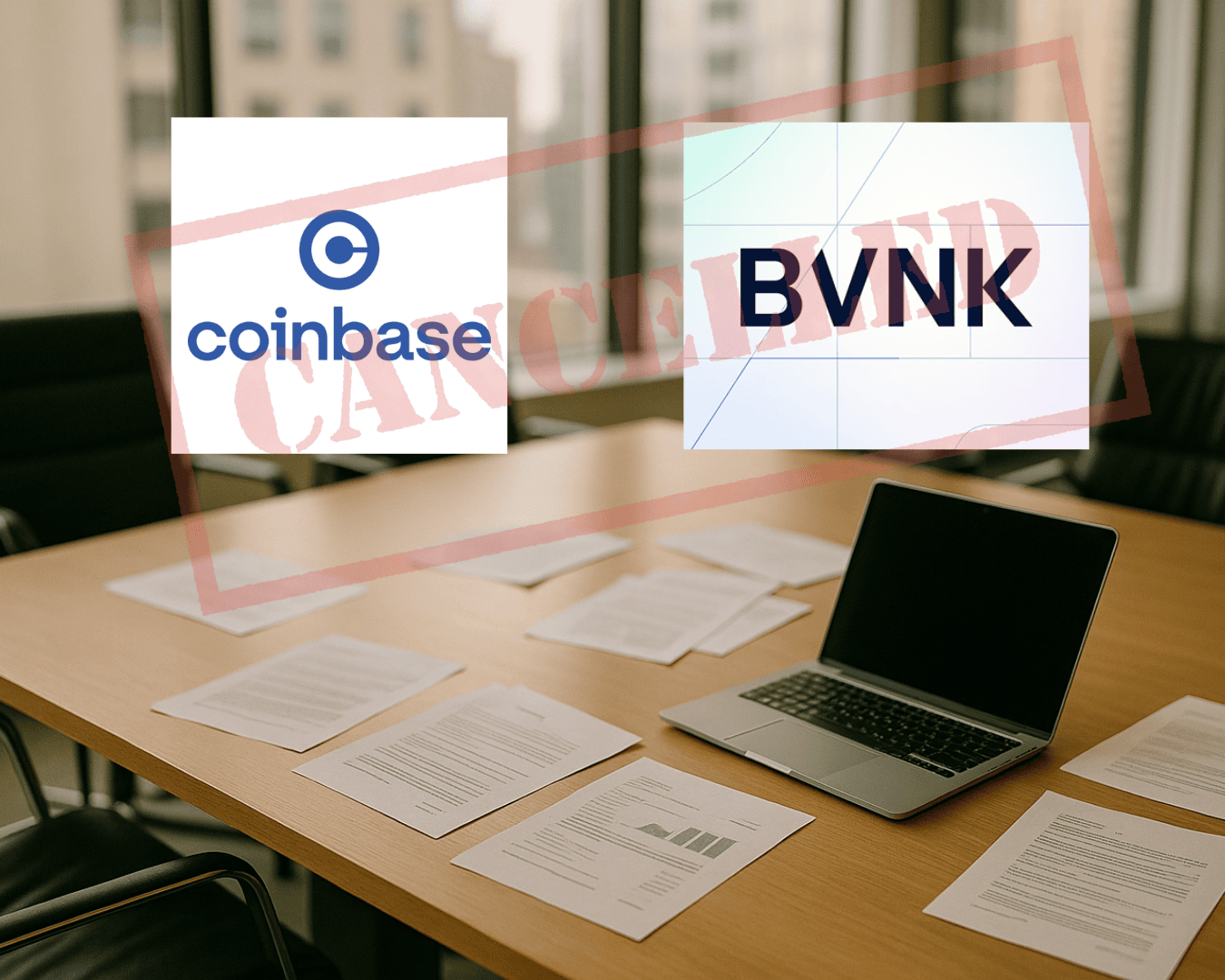









.png)




























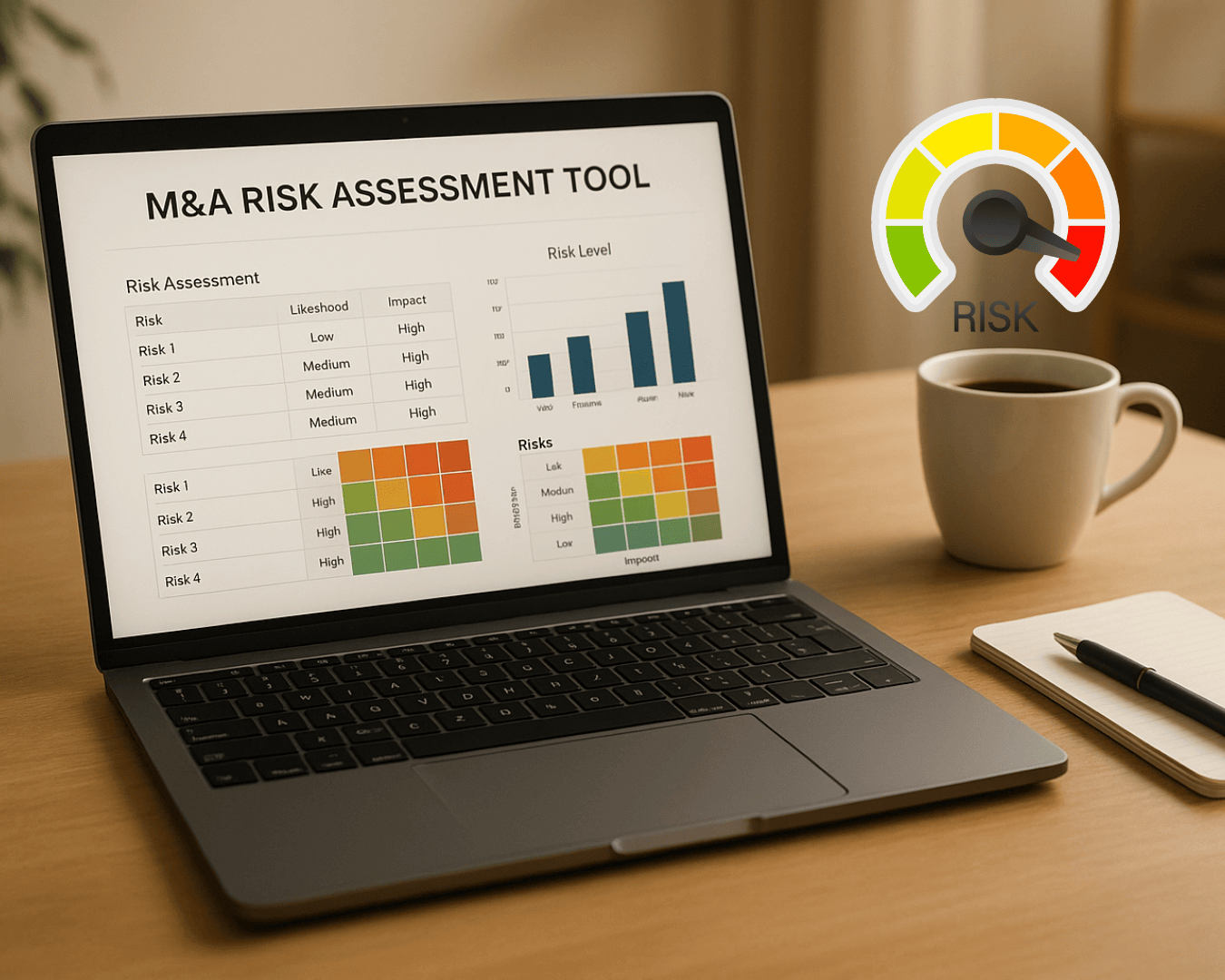

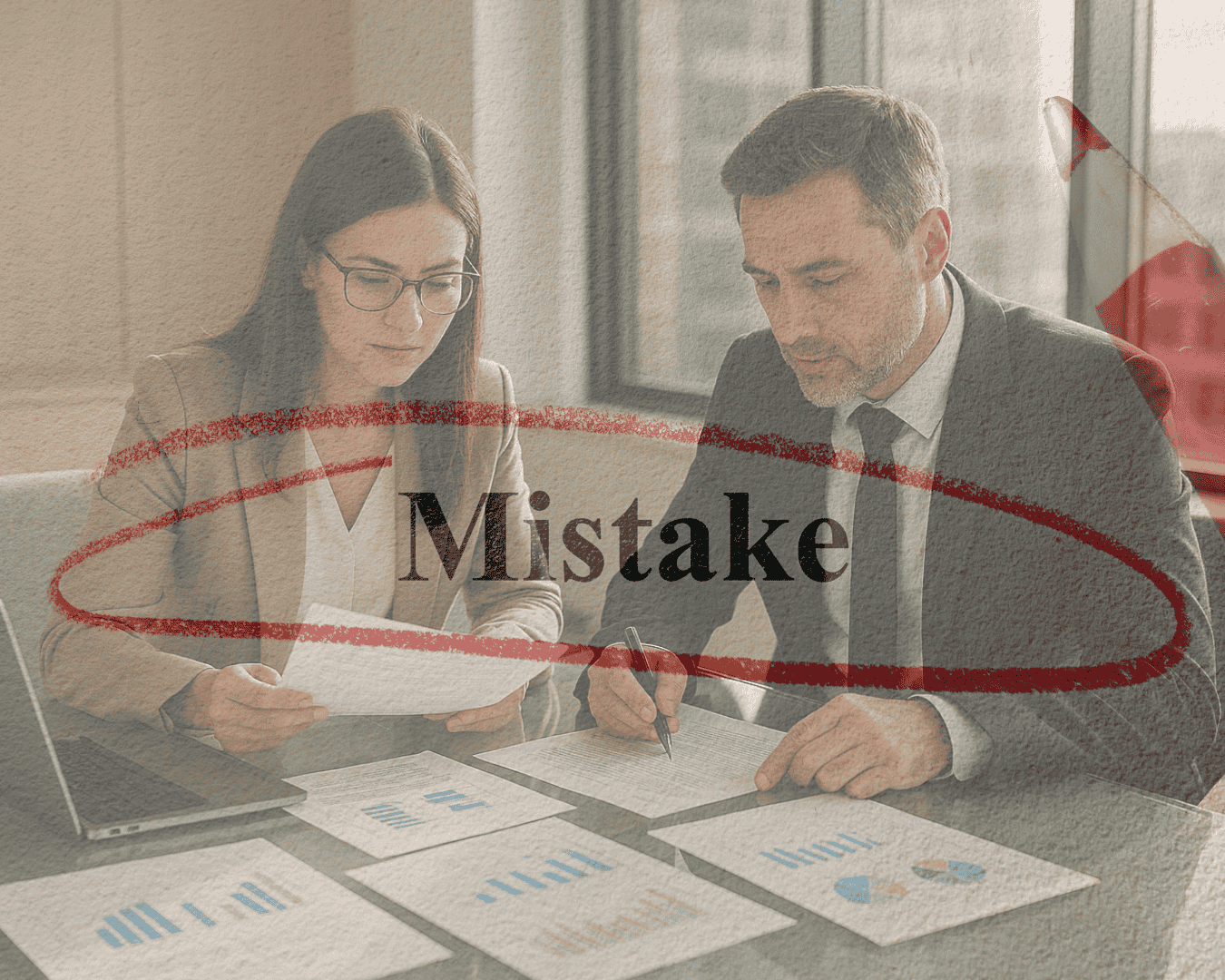
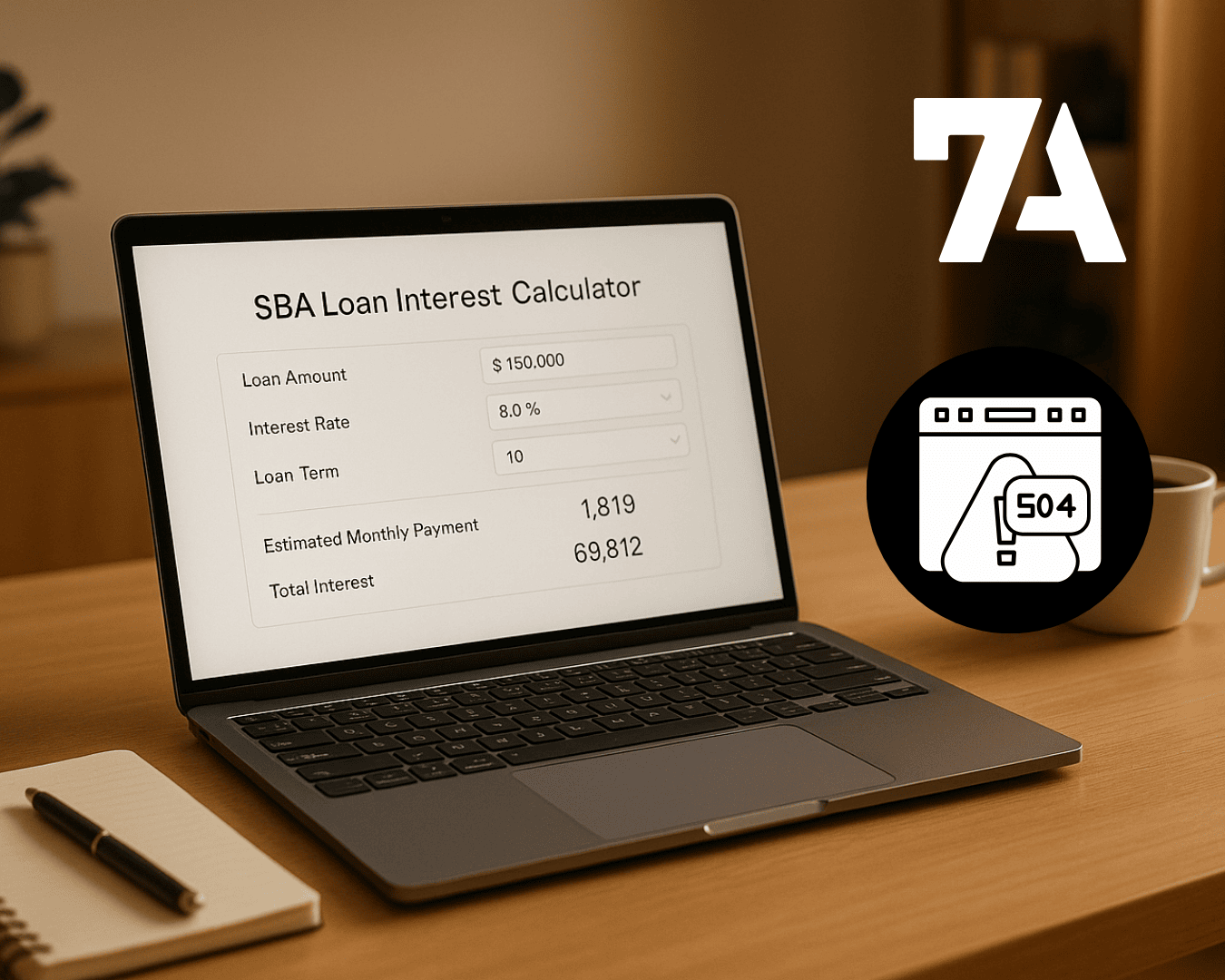








%20Loan%20Application%20Checklist.png)

















